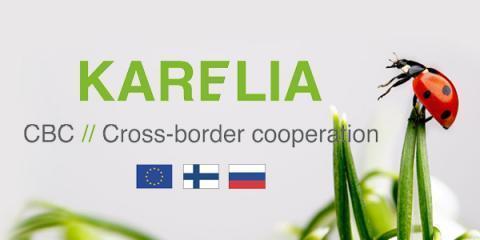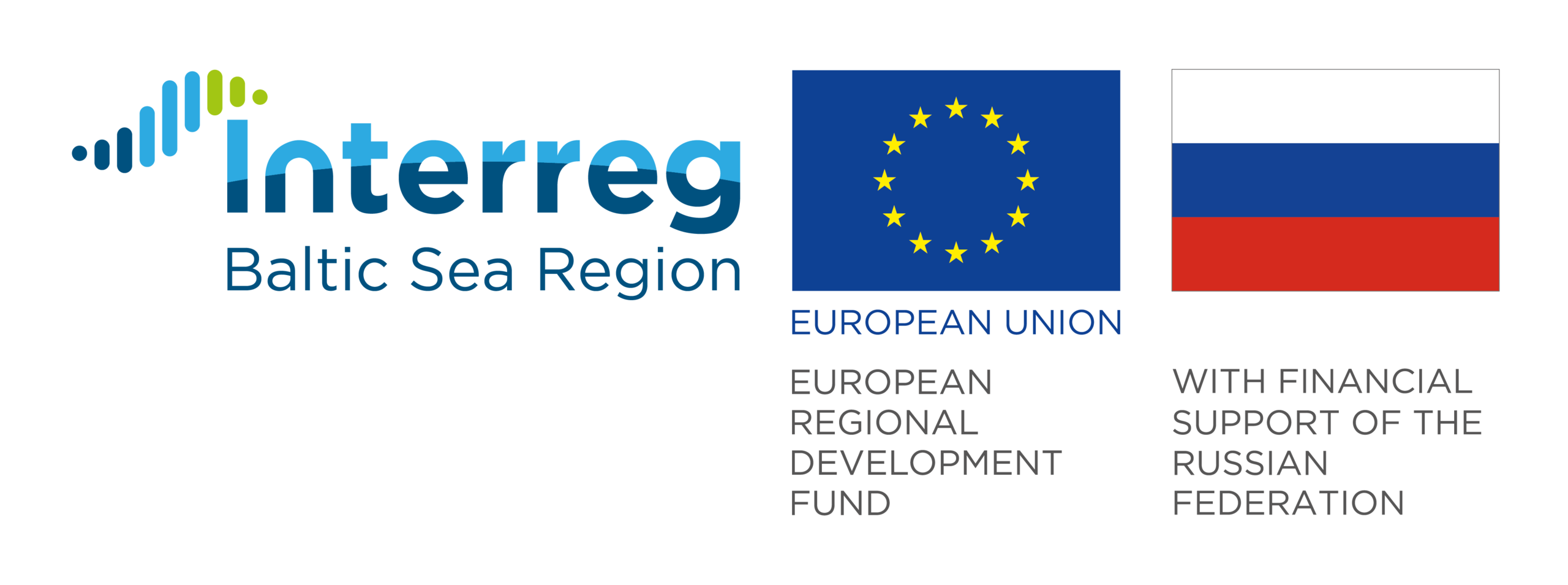Research implemented in the framework of the project showed that main features of aquatic organisms (phytoperiphyton, zooplankton, benthos) in the North Ladoga basin waters, such as Hijtalanjoki, Tohmajoki, Janisjoki, Suskujanjoki, Uksunjoki, Vidlitsa and Olonka are typical for cold-water oligotrophic water flows of boreal and subarctic zones and can be characterized by low salinity and low man-induced impact. Apart from bottom levels of some rivers, no mass development of pollution marker species was detected. Index of species diversity, number and biomass of common species of aquatic organisms allow us to conclude that communities of aquatic organisms in rivers indicate high level of development, vitality and sustainability. Some rivers where key species of fish remained, stand out from the rest of the examined rivers. One of them is Suskuanjoki river.
Main protected species.
Condition and number of juveniles of Atlantic salmon and freshwater pearl mussel is a reliable environmental test of well-being of Northern river ecosystems. Suskuanjoki river is a unique ecosystem where spawning of lake salmon takes place (fresh water type of Atlantic salmon, Salmo salar L.), it is one of the valued species of the Republic of Karelia included in the List of endangered species of Russia. It is also a place of reproduction of freshwater pearl mussel, Margaritifera margaritifera L. Protection of the mussel is stipulated in the Annex II of Bern Convention (1979) and IUCN Red List of Threatened Animals (1996) as well as in the Red Data Book of East Fennoscandia (1998), List of endangered species of the RF (2001) and the List of endangered species of Karelia (2007).
 Life cycle and survival of the pearl mussel depends on condition and number of population of juvenile salmon, the latter being an intermediate host for larvas (glochidium) and determine dispersal of mussels on river nicks and riffles.
Life cycle and survival of the pearl mussel depends on condition and number of population of juvenile salmon, the latter being an intermediate host for larvas (glochidium) and determine dispersal of mussels on river nicks and riffles.
Considering the abovementioned characteristics of Suskuanjoki river this lake-river system may become a pilot project area for creation of SPNR that implies preservation and sustainable existence of typical aquatic communities of Northern Europe. When determining the limits of SPNR, firstly, water protection value of surrounding forest should be measured; and secondly, types and level of anthropogenic activity within water-shed area of the river should be additionally examined.
Water protection value of forest. In order to preserve the population of freshwater pearl mussel, execution of water-regulation and water protection function of surrounding forest should be ensured. Currently, the Water Code stipulates only provision of 50-meter wide protection lines on the riversides. Clean cutting is allowed past that area. In this case a water protection area is so narrow that it practically loses its function. The situation is aggravated due to high level of forest vulnerability to storm damage.
Floristic and faunal significance. According to preliminary data, wildlife habitat areas can be situated alongside the river, including habitats of animals, vascular plants, lichen and moss included in the Lists of endangered species of the Russian Federation and Karelia. On-site investigation is needed for final evaluation of river sides’ significance in this regard.
Recreational significance. According to preliminary data, the river partially flows through tectonic faults of canyon type. This can be very interesting from the recreational point of view especially considering transport accessibility of the area to Pitkyaranta.
Environmental significance. After evaluation of the aforesaid parameters, the river and its sides can acquire a conservation status as a regional reserve of comprehensive biological or zoological profile.
In order to prepare a scientific ground for creation of specially protected nature zone within water-shed area (including water protection forests) of Suskuanjoki river, the following actions are suggested for 2014:
- Investigation, evaluation and mapping of spawning and nursery areas suitable for habitation of juvenile freshwater salmon;
- Gathering of hydrobiological data (phytoperiphyton, zooplankton, benthos) within lake-river system (from river head to outfall) of Suskuanjoki;
- Calculate current and population carrying capacity of junior groups, migrating smalts and spawning population of the river;
- Determine areas and density of European pearl mussel and its age distribution;
- Develop proposals on increasing juvenile population including river nursery incubator-nests
- Determine the amount of reclamation operation in order to increase area suitable for the mussel and juvenile salmon, and creation of conditions for environmental tourism, and prepare recommendations for creation of SPNR;
- On-site investigation of river sides is needed for development of recommendations for limitation (or termination) of forest use in essential and justified water protection area;
- On-site investigation (with photo and video recording) is needed for final evaluation of river side significance.
Results
Preparation of scientific justification in the form of a report and a brochure.
Preparation of an application and justification and its submission to the Ministry of management of natural resources and environment of the Republic of Karelia for procedure of establishment of a Special Protected Nature Reserve .


